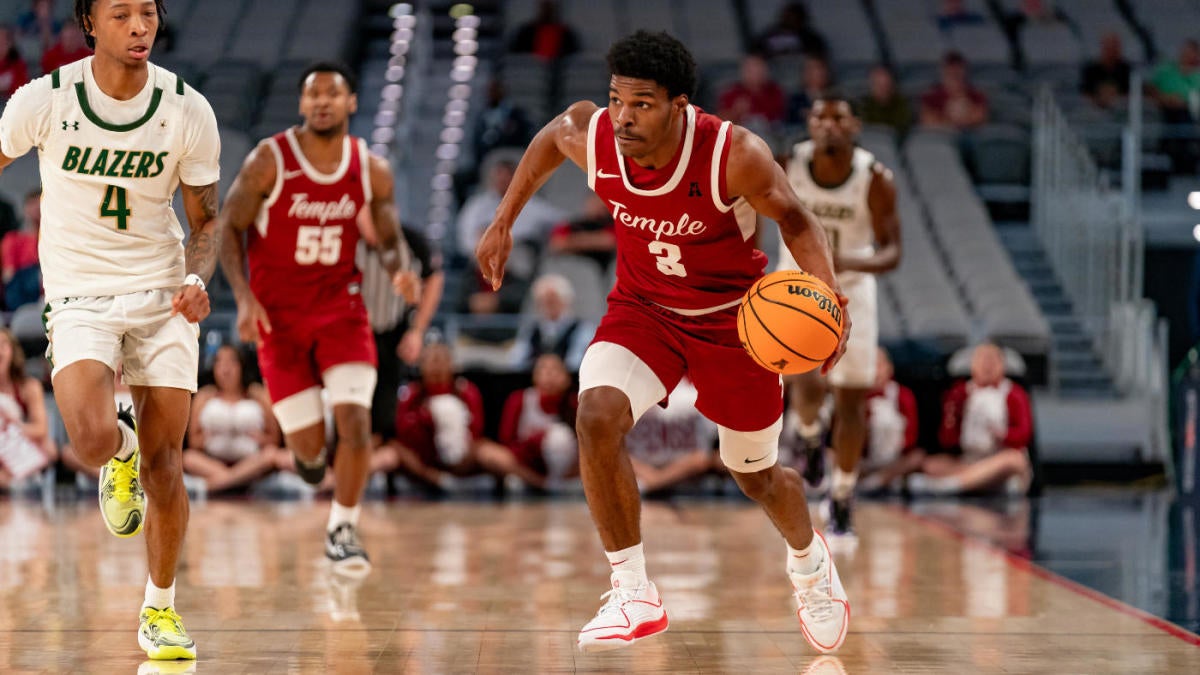Tech
Starship Super Heavy booster came within one second of aborting first “catch” landing

WASHINGTON — SpaceX’s Super Heavy booster came within a second of aborting a “catch” landing attempt on the latest Starship test flight, according to audio posted online, apparently inadvertently, by Elon Musk.
Musk posted a three-minute video Oct. 25 on X, the social media network he also owns, showing action from a video game that he is playing. The audio, though, is not from the video game but of several people discussing the Starship Flight 5 test flight Oct. 13. That flight features the first return and successful catch of the Super Heavy booster using marchanical arms attached to the launch tower it lifted off from at Boca Chica, Texas.
In the audio, one person, not identified, described an issue with the Super Heavy landing burn where a “misconfigured” parameter meant that spin pressure, presuming in the Raptor engines in the booster, did not increase as expected.
“We were one second away from that tripping and telling the rocket to abort and try to crash into the ground next to the tower,” that person said. That scenario would “erroneously tell a healthy rocket to not try that catch.”
“We had a whole bunch of new aborts and commit criteria that we tried to doublecheck really well, but, I mean, I think our concern was well-placed, and one of these came very close to biting us,” the person continued.
The people on the audio note that there had been discussions of delaying the Flight 5 launch to provide additional time to check those parameters. “We were scared about the fact that we had 100 aborts that were not super-trivial,” one person said.
In the audio, the SpaceX officials said they had completed a review the day before of data from Flight 5, comparing it to aborts “and what we need to change on them.”
Another issue discussed in the audio while Musk is playing the video game was a cover on a chine, a vertical structure on the booster, that came off as the vehicle went transonic during its descent. A SpaceX official said in the audio that having chine cover come off was something that they were worried about before launch.
“We wouldn’t have predicted the exact right place, but this cover that ripped off was right on top of a bunch of single point failure valves that must work during the landing burn,” that person said. “Thankfully, none of those or the harnessing got damaged, but we ripped this chine cover off over some really critical equipment right as landing burn was starting. We have a plan to address that.”
The person also started to discuss an issue with the engine plume during the landing burn, but the video stops at that point.
The discussions appeared to involve planning for the next Starship test flight, Flight 6. SpaceX is moving ahead with preparations for the flight, moving the next Super Heavy booster to the launch site for testing. “Flight 6 is coming up soon!” he posted early Oct. 25.
Unlike previous launches, where new or updated licenses from the Federal Aviation Administration came just before the launch, SpaceX already has FAA approval for Flight 6 in the license update it received for Flight 5. “The FAA determined the changes requested by SpaceX for Flight 6 are within the scope of what has been previously analyzed,” the FAA stated when it issued the Flight 5 license, but did not disclose what those changes are.
The SpaceX officials in the audio said they were “trying to focus on booster risk reduction versus ship envelope expansion” for the next flight. They were also seeking to find a balance between risk reduction and speed for the next flight without the schedule constraint of an FAA license.
“We’re not taking as much time as we might ideally want to have a very luxurious, like really study everything,” one person said. “But given that that is the first launch in a long time — well, really, ever — that we’ve not been FAA driven, we’re trying to go do a reasonable balance of speed and risk mitigation on the booster, specifically.”
Musk is mostly silent during the video, saying “Wow!” when told of the near-abort of the landing.
After posting the video on X, one user asked him if he was aware that he had shared audio of the Starship telecon. “Yeah 😂,” Musk responded.








